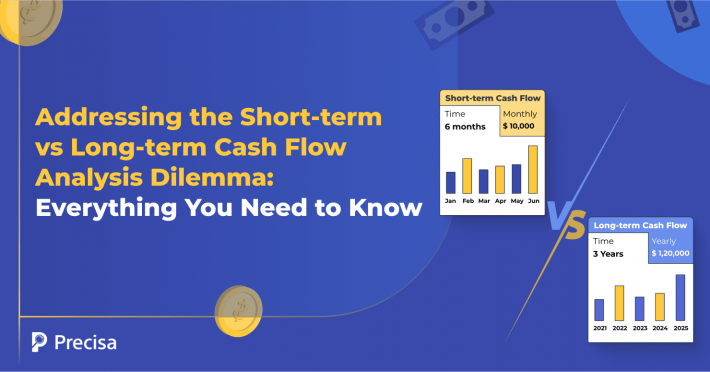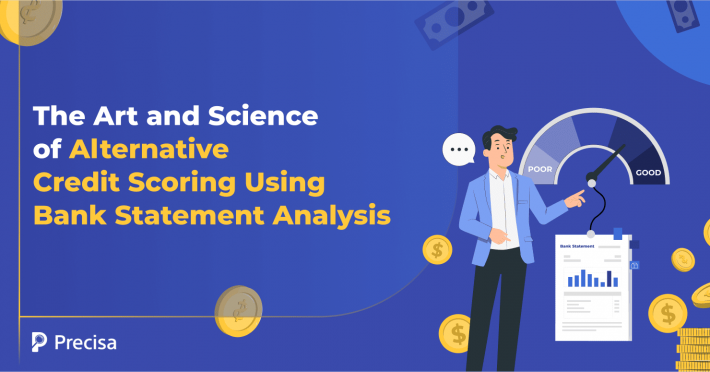Is Hyper-Personalisation the Future of Banking?

Banking, when it began in 13th century Italy, was personalised service. After the Industrial Revolution, when demand surged, that service became standardised and became available to the masses.
The next big disruption in banking came when information technology emerged. Processes became more efficient, and profit margins fattened. Again, however, the change was inside-out, meant to benefit the bank, not the customer per-se.
Right now, another shift in banking is happening – digitalisation and hyper-personalisation. This time the change is outside-in, serving the customer first rather than internal processes. Technology finally empowers a bank to serve tens of thousands of customers and still offer entirely personalised service.
What is Hyper-Personalisation in Banking?
Deloitte’s ‘The future of retail banking: The hyper-personalisation imperative’ report defines hyper-personalisation as an approach that uses real-time data, which a customer has permitted to use, to generate insights.
These insights are gained through AI, particularly data and behavioural sciences. Banks leverage them to offer “services, products, and pricing that are context-specific and relevant to customers’ manifest and latent needs.” In other words, needs have not been fulfilled until now, due to a lack of information or availability of a service.
Because the bank has permission on customers’ data, they get a 360-degree view of them, allowing for precise messaging at an accurate time, for instance. That builds the bank’s brand, expands customer relationship lifespan, and boosts revenue.
What Does Hyper-Personalisation Entail?
A highly tailored approach to banking, hyper-personalisation, is not about selling products. It is about helping a customer achieve a certain unique outcome. It moves beyond the cut-and-dried transactional banking solutions and uses digital technologies to custom-build services, simplifies products, dwindles the cost of offering them, and likewise.
With hyper-personalisation, performance metrics like capital management or credit allocation take a backseat, and customer-centric achievements come to the fore. That means providing services based on customer preferences, milestones, financial standing, etc.
Why Personalisation is Imperative and Not an Option?

The aftermath of COVID-19 has made hyper-personalisation of banking services imperative. Central banks cut rates. The usual banking business models were disrupted. Innovative fintech startups began answering the needs of an evolving customer base. All these led to a single outcome, loss of customers for banks.
It’s become apparent that they cannot continue to thrive solely on interest-rate-bearing products. They need to offer more and differentiate themselves.
Hyper-personalisation does exactly that, empowering a bank to grow even when the conditions are taxing. But this is not the only reason banks must treat each customer as a segment of one. There are other reasons as well:
1. Brand Differentiation and a Better Customer Experience
The consumer of today is accustomed to personalisation in every field, from entertainment to food. Therefore, they expect the same from their financial services. Any bank that fails to offer it fails to achieve customer loyalty.
2. A Better Revenue Pay Off
One more reason why hyper-personalisation is the future of banking is the revenue payoff. Data shows that when businesses move from behavioural recommendation to omnichannel optimisation to predictive personalisation, their revenue increases. So essentially, there is a clear business case for adopting personalised services.
3. Taking a Digital Outside-In Approach
The road to tailored banking services is paved with a digital outside-in approach, i.e., putting customers first to realise business gains. Open banking coupled with AI is the key.
The first offers access to a rich customer data field, and the second allows it to be analysed to derive actionable insights. Banks can tailor every product and service with those insights, from loan terms to penalties to costs.
That said, there is a big challenge banks face when adopting personalisation. Although they sit on a data goldmine and possess critical customer information, the legacy technologies they use to keep it siloed, hinder them from fully utilising analytics.
One more hurdle to hyper-personalisation is trust. Since most customers don’t trust banks, they are not willing to share personal data even to their benefit.
Hyper-Personalisation, Powered by Technology and Partnerships
There is no doubt that hyper-personalisation is vital for banks. It needs to be at the top of their agenda because, without it, they cannot deliver the needs of an evolving customer base, whether those be savings, lending, investing, or some other.
However, to meet customer demand individually and eliminate their challenges, banks must ramp up their efforts. They can do so through technology and partnerships, particularly with fintech. The two equip banks to break data silos and leverage them seamlessly.
For instance, when a customer applies for loans, a bank can utilise a bank statement analyser that aggregates data from multiple bank accounts to assess creditworthiness. With that information in hand, they can offer a genuinely personalised loan to a customer, one that benefits both parties.
To learn more about how bank statements analysers can help you make smarter decisions and offer personalised customer service, get in touch with us. Precisa can easily integrate into your existing system via APIs and deliver stellar bank statement analysis. Take advantage of our 14-day free trial.



